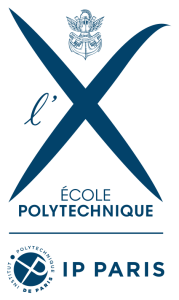This course will explore the interrelations between literature and science through the prism of what may be called ‘the optical imagination’. That is to say, we will reflect on how optical instruments, such as telescopes and microscopes, can shape the imagination. How do poets, scientists and philosophers represent phenomena ordinarily invisible to the naked eye? In making legible what is revealed by an optical device, to what extent do we have to translate and transform what we see?
In this interactive class, students will be encouraged to discuss a range of extracts from a variety of sources: literary and scientific texts, artworks, documentaries, films and audio recordings. From Robert Hooke’s scientific bestseller, Micrographia (1665), to Shanxing Wang’s literary work, Mad Science in Imperial City (2005), we will draw on a wide range of texts and images across this period to explore the extent to which literature and science have a shared interest in the limits of the observable and in the reconfigurations of those limits.
The class will involve a mixture of individual assignments, pairwork and group activities. In doing so, we will aim to improve the four key skills: speaking, oral comprehension, reading and writing.
By the end of the course, students will have honed their ability to discuss complex issues, while gaining a deeper understanding of what the literary critic Gillian Beer calls the ‘loose accords’ across intellectual fields and epistemological systems.
